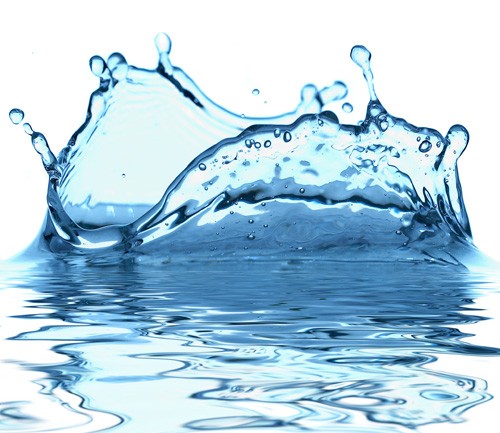Today is World Water Day. Are you excited yet?

I’ve arranged a little party tocelebrate this world wide event (click on the link that follows). After you’ve had your fun, please come back to finish my little diatribe. Let’s celebrate together.
Welcome back. Did you have fun? Well that’s great.
Personally, I think World Water Day is a big steaming pile of bureaucratic bullshit!! If you think I’m losing it that’s fine, simply stop reading right now. I don’t want you think that I am telling you to not participate in the annual, feeble, “celebration of water.” Just understand the reality of the UN’s promoted themes with regard to water use and conservation.
The history of World Water Day dates back to 1992 when it was recommended at the United Nations Conference on Environment and Development (UNCED) that a day be designated to celebrate freshwater. So the following year, the UN General Assembly designated March 22, 1993 as the first World Water Day. That’s great. Everybody has a feel good moment, pat’s themselves on the back and officials proclaim all the all the good work that is being done and that we are now drawing much needed attention to the world’s freshwater resources.
Here is a very bright and cheery info graphic on this year’s World Water Day providing a mixed bag of interesting water facts and demographics blended together with a few pieces of misleading language designed to scare the hell out of you. Let me state that there are legitimate facts here but the way some of information is presented is misleading and not based in real science.
Some of these facts are scary and we all need to do more to use water wisely. But I have a problem with the traditional UN approach to solving the problem. Are fresh solutions brought forth that save water and are economically viable in regions with limited infrastructure and economic base? Absolutely not! They make matters worse. The UN espouses misleading and sometimes false information about water scarcity and promotes contradictory and monopolistic solutions that disincentivize sustainable water conservation programs.
As a scientific fact, the world cannot run out of water. Water is a renewable resource. With good management practices, water can be used, treated and reused, and this cycle can continue many times.
While it is true that there are many who face hardship in getting water, the notion of water stress has no scientific basis. Some international institutions have decided arbitrarily that a region becomes water stressed when per capita water availability falls below 1,700 cubic meters per year. Others use 1,000 cubic meters per year. The two figures differ by 70%. Yet there are countries that have half this amount, and feel no water stress because of good management practices.
Water is not priced as it should be! Water is the the world’s most valuable resource yet we price it like its worthless. The paradox of value (also known as the diamond–water paradox or simply water paradox) is the apparent contradiction that, although water is vital to our survival than diamonds, diamonds command a higher price. The philosopher Adam Smith is often considered to be the classic presenter of this paradox. We need to break away from this paradox and price water based upon its value and to control its use and abuse.
The centralized approach to water and wastewater treatment is, in many cases, not the best technically and certainly not the most economically viable solution. It has been demonstrated numerous times that decentralized treatment approaches are many, many time the best, but are often overlooked or not even considered. A pattern of behavior has been established where the only accepted solutions come from the largest engineering firms, equipment and service providers. There are numerous emerging treatment technologies, novel management practices, and smaller firms that have economically superior solutions to today’s water challenges but they are never given a chance because it doesn’t fit into the established models. Bigger is not always better.
We absolutely need a fresh approach to water treatment and management that separates itself completely from conventional thinking, voodoo science, universal panaceas and false paradigms.
A vast majority of the world’s urban water problems could be solved within a decade, with good governance, appropriate application of technology and the investment resources already in place. The fact that we will likely fail do so is a damning indictment of the way utilities are run, the lack of political will to consider water as an important public policy issue and the apathy of the public who have become accustomed to and acceptance of poor service.
OK, I’m done ranting now and throwing stones. Enjoy your day and have a drink with me as I toast all those who work hard everyday to supply us with clean water.




